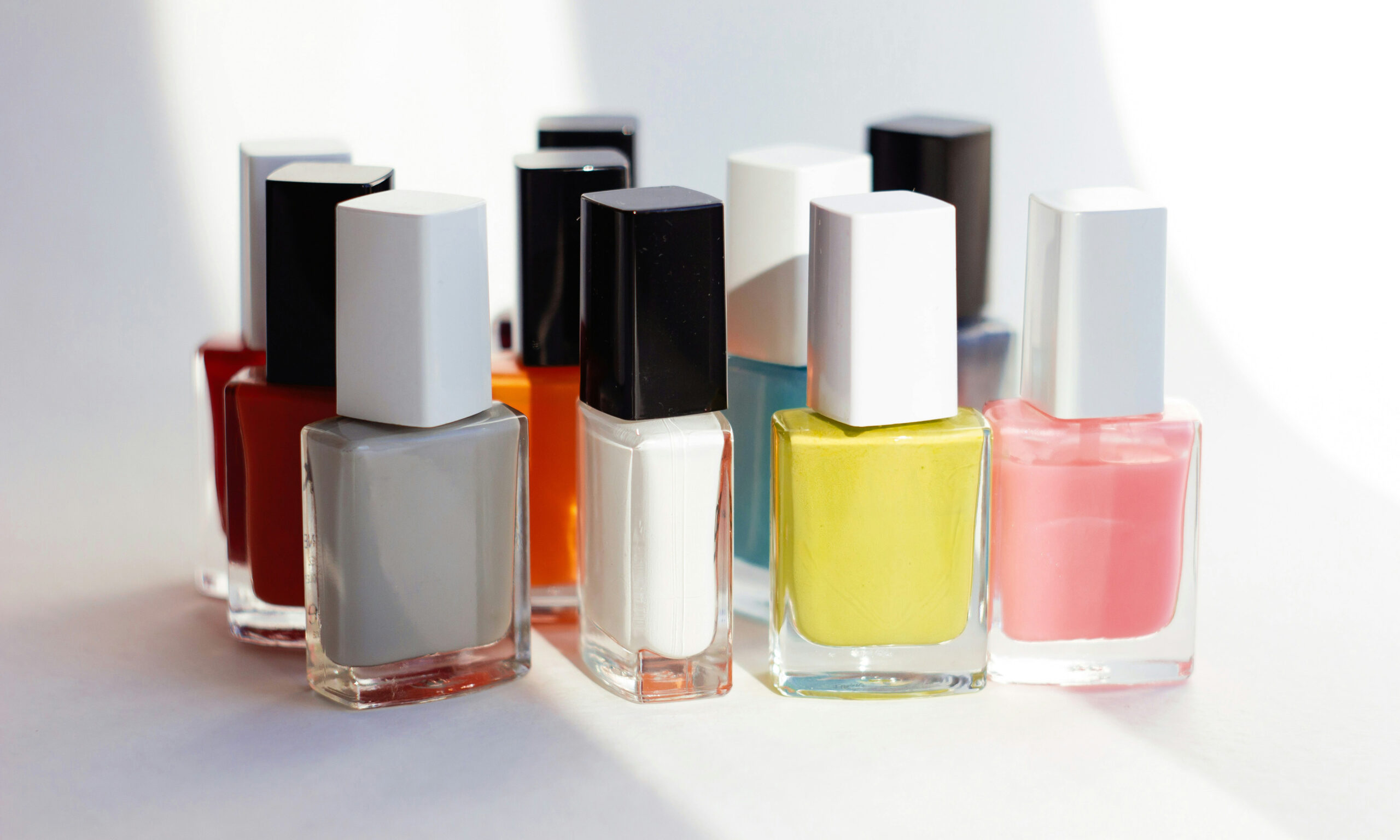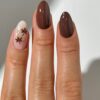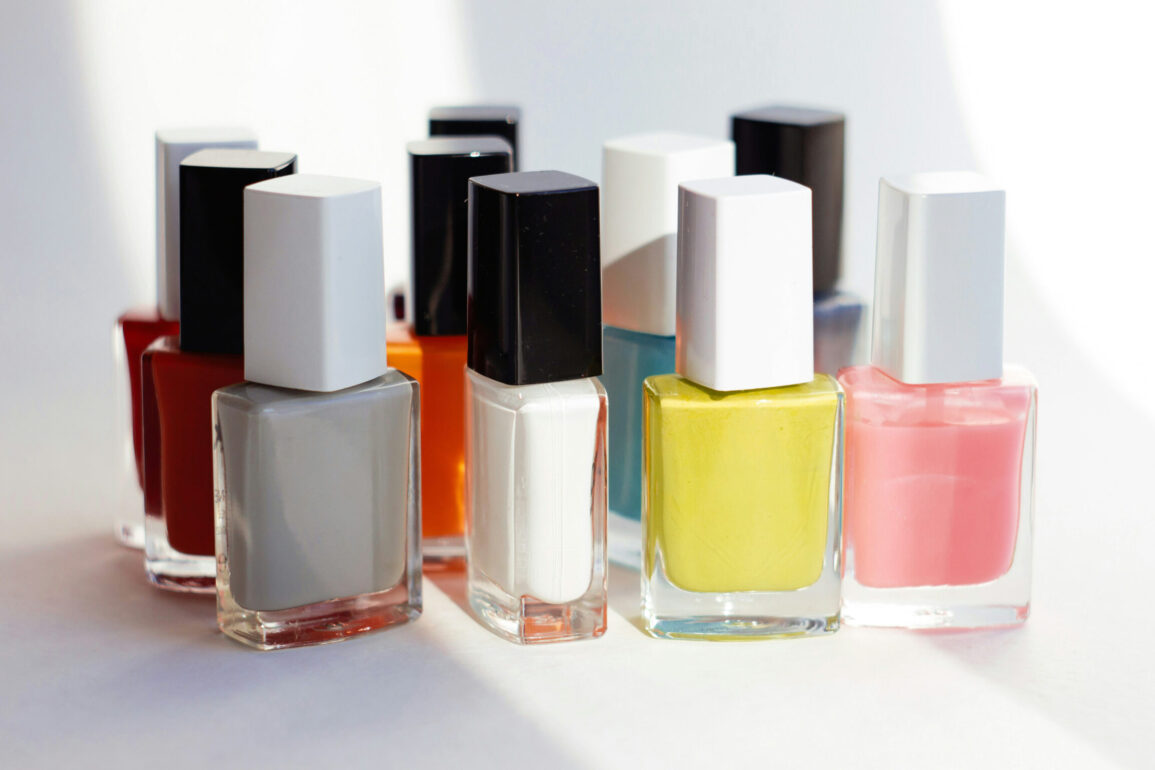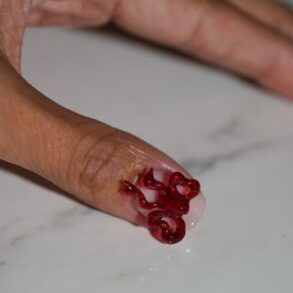
We may earn commission from links on this page. Each product featured has been vetted and chosen by our editors.
In This Article
The nail category experienced major growth over the past year as social media set the ever-evolving trends. But with that growth comes more brands, more marketing claims and more misunderstanding. What does 17-free even mean? And why do so many brands use the term “nontoxic nail polish” if there’s no clear-cut definition? It’s giving clean beauty vibes. But, these concepts aren’t new. Zoya actually started making changes to its formulas as early as 1994. “Back then, no one was talking about ‘clean’ beauty like we are now, but Zoya, the founder of our brand, had the foresight to focus on the health of the natural nail and the salon environment,” says Rebecca Isa, creative director for Zoya. “However, it wasn’t until around 2005 to 2007 that we started seeing more attention in the media about what was inside beauty products.”
Hope Auerbach, head of product development for Londontown USA, says that’s when the movement to remove certain ingredients from nail polish really took off. “Consumers started to become more aware of the potential health and environmental risks associated with certain chemicals used in cosmetics. In nail polish specifically, the three ingredients that triggered the shift were formaldehyde, toluene and dibutyl phthalate (DBP).” Often referred to as the “toxic trio,” these ingredients were linked to various health issues by new research. “In Europe, the EU Cosmetics Directive started to enforce stricter regulations on cosmetic ingredients,” she explains. “This created a domino effect that led to the reevaluation of nail polish formulas around the world.”
Featured Experts
- Hope Auerbach, head of product development for Londontown USA
- Rebecca Isa, creative director for Zoya
- Thea Green, founder of Nails.INC and INC.redible Cosmetics
What Does 7-Free, 10-Free, 21-Free, etc. Really Mean?
“I understand how all the terminology can get a little overwhelming!” says Isa. “Essentially, the ‘X-free’ language refers to the number of harmful chemicals that have been removed from a nail polish formula.” Here’s a breakdown of what these terms generally mean:
3-free: “This means the polish is free of three toxins—formaldehyde, toluene and dibutyl phthalate (DBP)—that are known to cause health concerns,” says Green. “Toluene has been linked to respiratory issues, headaches, dizziness, and in extreme cases, neurological damage with prolonged exposure. Formaldehyde is a carcinogen, and inhaling its fumes can lead to eye, nose and throat irritation.” Today, nearly all nail polishes in the U.S. are made without these three offenders.
5-free: In addition to the three chemicals above, these polishes are also free of formaldehyde resin and camphor.
7-free: “These nail polishes remove two more ingredients—usually xylene and ethyl tosylamide,” says Green. “These are linked to allergies and other potential health issues.”
9- and 10-free: These formulas also omit ingredients like triphenyl phosphate (TPHP), parabens and animal-derived ingredients. OPI, Côte and Manucurist are 9-free; Zoya and Addiction Tokyo are 10-free.
15-free and beyond: “Brands claiming higher numbers like 15-free might exclude additional chemicals like BHA, fragrance, and other preservatives or allergens,” says Green. “It depends on the specific brand, as they create their own standards for which chemicals are excluded.” Brands in this category include Olive & June (15-free), Sally Hansen (its Good. Kind. Pure. nail polish is 16-free), Ella + Mila (17-free), Revlon (its Ultra HD Snap! nail polish is 20-free), Londontown (21-free), Nails.INC (21-free), Deborah Lippmann (21-free) and HABIT (21-free). “Research is always evolving, and new potentially harmful ingredients are constantly coming into public consciousness,” says Auerbach. “As the number of ingredients that customers want to avoid has grown, so has our free-of list.”
Why Some Nail Brands Don’t Make ‘Free-of’ or ‘Nontoxic’ Claims
Some brands, including Dazzle Dry, don’t include ‘Free’ claims on their polishes and consider them a form of fear-based marketing for consumers. “Some companies list ingredients in their XX-Free claim that are not and never used in nail polishes just to have a higher number of free-from claim,” Dazzle Dry states on its website. Essie also doesn’t subscribe to this type of marketing. On its site, the brand writes, “We won’t claim nontoxic, as it has not been defined for nail polishes.”
“The term ‘nontoxic’ can be tricky, as there are many factors to consider when evaluating whether something is harmful to health,” says says Auerbach. “It also isn’t a heavily regulated term, and many brands and retailers create their own criteria for what qualifies as ‘nontoxic.’ However, the nail space is such an exciting place to be right now. With innovation, modern formulas that encourage nail health, and so many new trends coming from exceptional artists, the future is looking bright.”
Other Terms to Know: Vegan and Bio-Sourced
Some nontoxic nail polish is also vegan, which means it isn’t made with animal-derived ingredients. If the brand says the product is also cruelty-free, that means it has not been tested on animals. These two things are different, and there are different organizations to certify these claims, such as PETA and Leaping Bunny.
If a brand claims a product contains bio-sourced ingredients, it means they are naturally derived. For example, Manucurist’s Green nail polish and Nailtopia’s nail lacquers contain 84- and 85-percent bio-sourced ingredients, respectively. These are two of the highest concentrations of bio-based ingredients in nail polish that we’ve found on the U.S. market.
Why It’s Important to Use Nail Polishes Without Certain Chemicals
“The reality is, certain chemicals in nail polish can pose risks,” says Isa. “It’s a combination of both inhalation and absorption through the nail bed that can be concerning. The vapors you breathe in while applying polish can be irritating or even harmful. And, over time, some ingredients can penetrate the nail plate, leading to skin irritation, allergic reactions or worse. By opting for a cleaner formula, you’re reducing your exposure to these toxins.”
Auerbach adds that some of the ingredients included in these “free” lists are not just potential threats to human health, but they can also be harmful to the environment. “For example, plasticizers such as phthalates are not biodegradable and can exist in the environment for long periods of time once discarded.”









